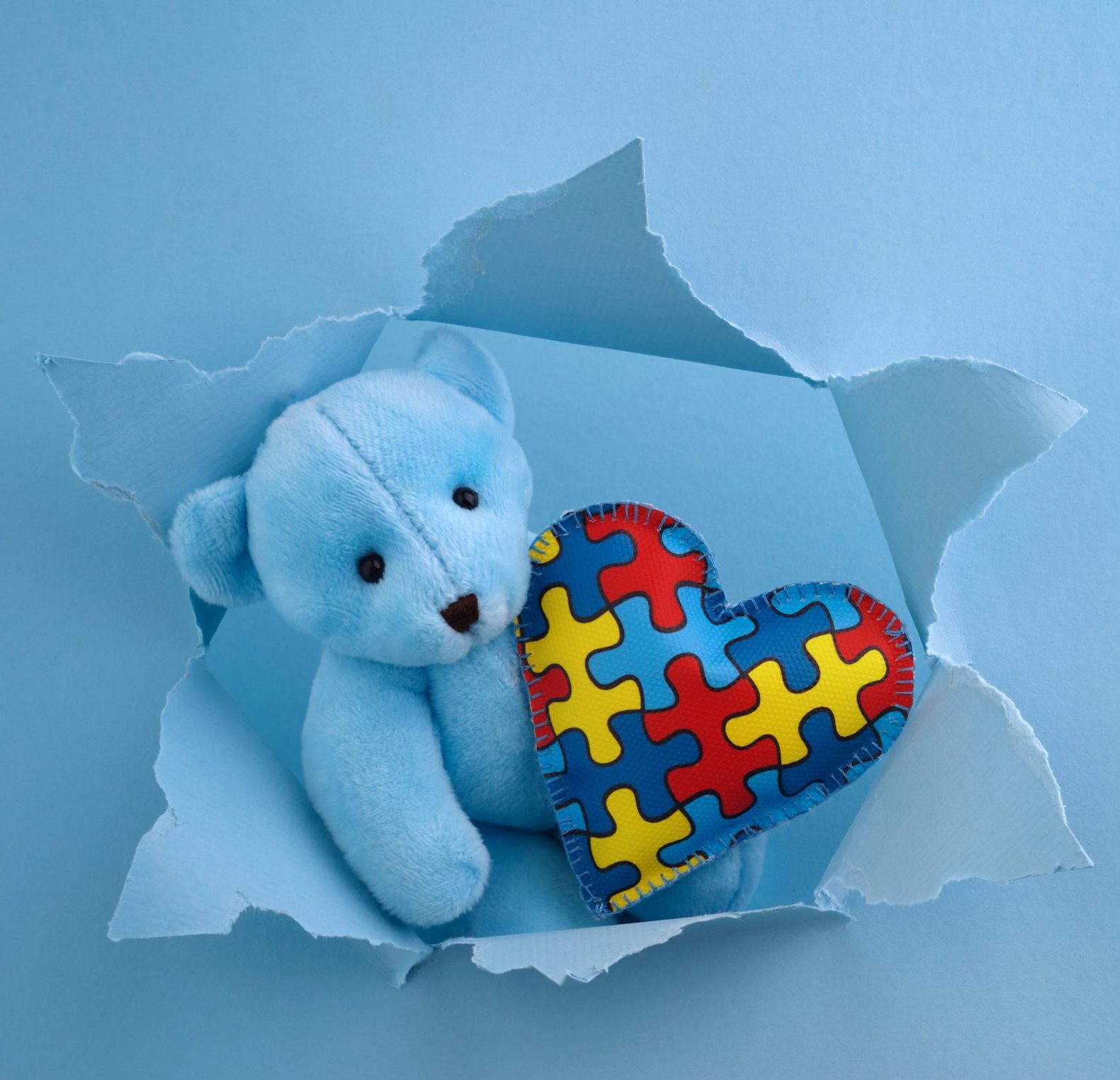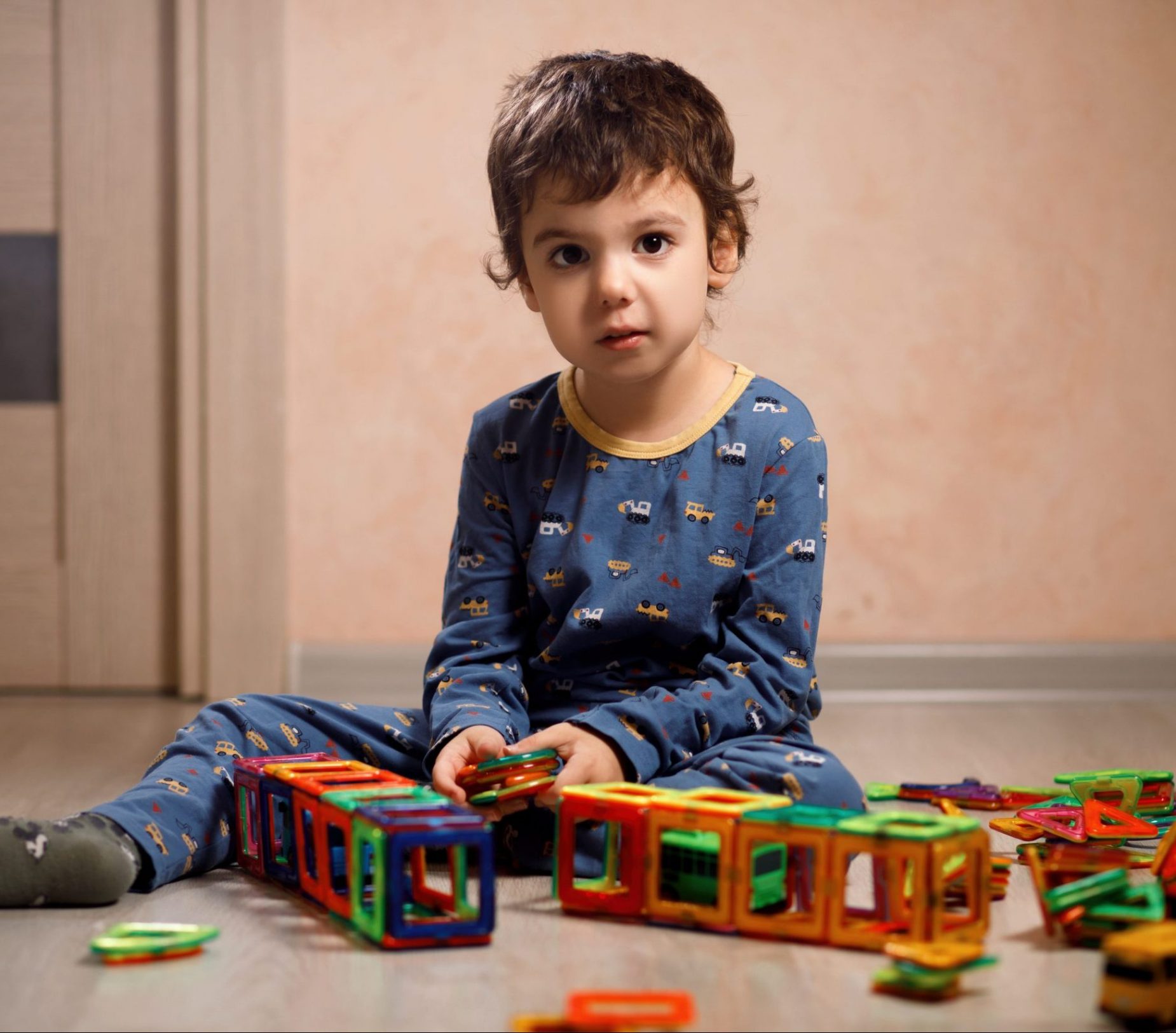The sign of autism
The autism diagnosis age and intensity of autism’s early signs vary widely. Some infants show hints in their first months. In others, behaviors become obvious as late as age 2 or 3.
Not all children with autism show all the signs. Many children who don’t have autism show a few. That’s why professional evaluation is crucial.
The following may indicate your child is at risk for an autism spectrum disorder. If your child exhibits any of the following, ask your pediatrician or family doctor for an evaluation right away:
By 6 months
Few or no big smiles or other warm, joyful and engaging expressions Limited or no eye contact

By 9 months
Little or no back-and-forth sharing of sounds, smiles or other facial expressions

By 12 months
Little or no babbling Little or no back-and-forth gestures such as pointing, showing, reaching or waving Little or no response to name.

By 16 months
Very few or no words By 24 months Very few or no meaningful, two-word phrases (not including imitating or repeating)

At any age
- Loss of previously acquired speech, babbling or social skills
- Avoidance of eye contact
- Persistent preference for solitude
- Difficulty understanding other people’s feelings
- Delayed language development
- Persistent repetition of words or phrases (echolalia)
- Resistance to minor changes in routine or surroundings
- Restricted interests
- Repetitive behaviors (flapping, rocking, spinning, etc.)
- Unusual and intense reactions to sounds, smells, tastes, textures, lights and/or colors




